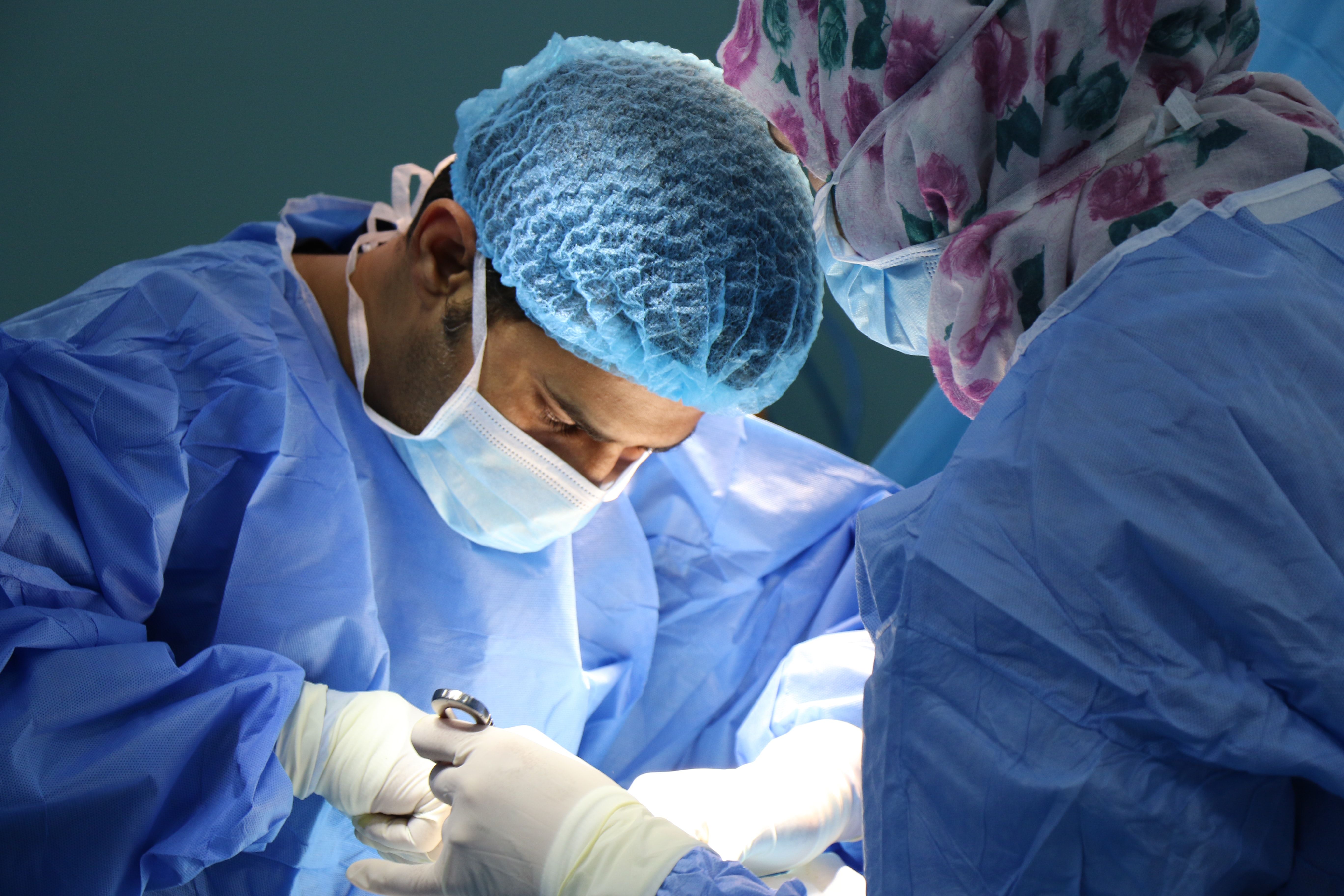Article
Data Shows TB Incidence Rate in Post-Renal Transplant Population
Author(s):
Of the 2199 patients who received a renal transplant, only 8 were treated for active tuberculosis.

The incidence of active tuberculosis (TB) in patients following kidney transplants is significantly higher than the general population. While researchers in the past have described this as presenting in the first year following solid organ transplantation and is predominantly caused by disease reactivation.
However, diagnosing active tuberculosis can be challenging in patients in this population who may present with atypical presentations or extra-pulmonary infection.
A team, led by Dr. Kavina Manalan, Imperial College London, presented a new poster during the European Respiratory Society International Congress 2020 (ERS) Virtual Meeting, assessing the active TB incidence in a post-renal transplant population in the UK.
If properly diagnosed, TB treatment could still be complicated by drug toxicity, metabolic interactions between immunosuppression, and anti-tuberculous therapy and increased risk of graft rejection and loss.
In the London-based renal transplant center, the investigators collected retrospective data, including demographic data, site of disease, and culture positivity. The research team then analyzed electronic patient records and an Imperial College London TB database for case details for rates of active TB.
Patients with previous TB or who were at a high risk because of ethnic or geographical background received TB prophylaxis with isoniazid 150 mg OD and pyridoxine 50 mg once a week while they remained on immunosuppression.
The investigators identified 2199 patients who received renal transplantation between November 2005 and December 2018. However, of this patient population, only 8 individuals were treated for active tuberculosis.
The median time to TB diagnosis in the 8 patients was 4.35 years (IQR 1.125-6.2) and no patient was screened for latent TB, while 4 were on prophylactic isoniazid 150 mg od at the time of diagnosis and 2 developed isoniazid resistant disease.
A total of 3 cases were culture confirmed and 6 of the 8 cases were extrapulmonary TB. There was 1 graft rejection, as well as 2 graft losses.
The rate of TB with a cumulative rate of 0.36% remained comparable to historic data. The time to diagnosis was also longer than expected, which suggests possible re-exposure.
Within the patients who received chemoprophylaxis, there was a high rate of isoniazid resistance (50%; n = 2). This suggests isoniazid use and dosage of treatment needs to be reconsidered.
The current practice is for high risk patients or patients with previous disease incidence to receive prophylaxis with isoniazid 300 mg OD and pyridoxine 50 mg once a week for a year following transplantation.
However, the suggestion may be to extend that time period in this patient population.
“In our cohort, the rate of TB remains comparable to historic data however the time to diagnosis was longer than expected, suggesting possible re-exposure,” the authors wrote. “Within our patients who received chemoprophylaxis, there was a high rate of isoniazid resistance and hence isoniazid use and a higher dose needs to be considered.”
Tuberculosis is 1 of the most important opportunistic infections that impacts solid-organ transplant recipients.
The study, “A UK centre based review of tuberculosis post kidney transplantation,” was published online by the ERS International Congress 2020 Virtual.




